trending
neon
Cirque du Soleil offers summer ticket deals
dining out
Celebs ditch the Strip for iconic Henderson restaurant
july 
trending
neon
Cirque du Soleil offers summer ticket deals
dining out
Celebs ditch the Strip for iconic Henderson restaurant
july 
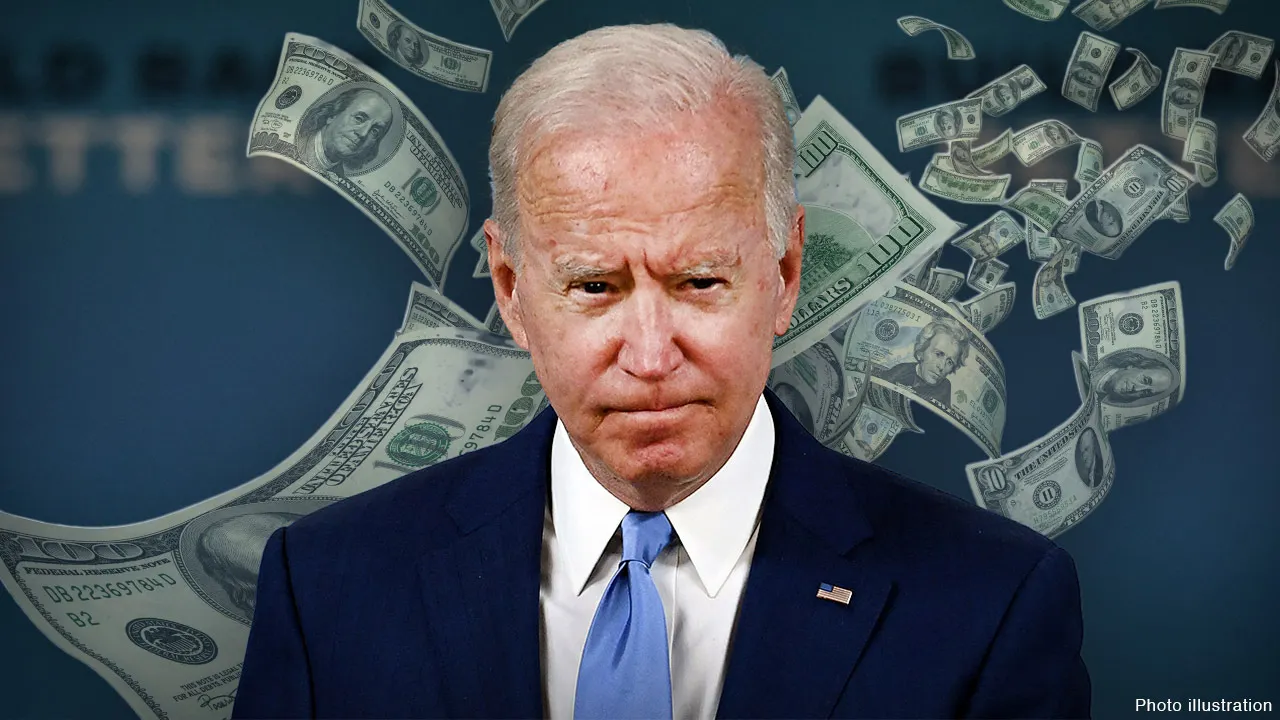
The economic policies introduced by President Biden have far-reaching implications for the U.S. dollar and the broader money supply. With the country facing various challenges, including inflation and recovery from the pandemic, Biden's approach involves major fiscal changes that could significantly affect the financial landscape




In the wake of a global pandemic and shifting geopolitical dynamics, President Joe Biden’s economic plan has become a critical focal point in discussions about the U.S. economy. One of the most significant aspects of this plan is its potential impact on the U.S. dollar, which has long served as the world's dominant reserve currency. Along with the U.S. dollar, the money supply—central to any nation’s economic well-being—is also at the heart of Biden’s policies. In this article, we will explore the various components of Biden’s economic plan and how they could impact the U.S. dollar’s value and the broader money supply.
The Biden administration's economic approach is characterized by a series of progressive fiscal policies aimed at stimulating growth, addressing systemic inequalities, and mitigating the economic fallout from the COVID-19 pandemic. The plan’s main pillars include substantial infrastructure spending, investments in clean energy, healthcare reform, expanded social programs, and measures to address income inequality. Alongside these initiatives, Biden has also proposed significant tax reforms targeting corporate profits and the wealthiest Americans.
At the heart of these policies is a vision of robust public investment to support long-term economic prosperity. This vision contrasts with traditional economic strategies that have relied more heavily on tax cuts and deregulation. By focusing on government spending, Biden’s plan represents a shift toward a more interventionist fiscal approach, which, while aimed at stimulating the economy, brings with it significant risks and challenges.
The value of the U.S. dollar is one of the most important indicators of the health of the American economy. As a global reserve currency, the dollar’s strength or weakness has wide-reaching consequences for international trade, investment, and financial markets. Biden’s economic policies could have both direct and indirect effects on the dollar’s value.
A key concern regarding Biden’s economic plan is the potential for inflation. The large-scale fiscal stimulus and government spending on infrastructure and social programs could drive up demand for goods and services. In a time of supply chain disruptions, this increased demand could lead to rising prices, particularly in sectors like housing, energy, and consumer goods. As inflation increases, the real purchasing power of the U.S. dollar diminishes.
Higher inflation also prompts the Federal Reserve to consider tightening monetary policy, such as raising interest rates or reducing asset purchases. While these moves are aimed at curbing inflation, they can also strengthen the dollar in the short term by attracting foreign investment due to higher yields. However, over the long term, inflationary pressures could erode the dollar’s value, especially if inflation expectations become entrenched in the market.
The Federal Reserve, led by Jerome Powell, plays a critical role in determining the strength of the U.S. dollar through its control of monetary policy. The central bank’s response to Biden’s economic policies will be crucial in shaping the trajectory of the dollar’s value.
In response to the COVID-19 pandemic, the Fed implemented aggressive measures such as lowering interest rates and purchasing bonds to inject liquidity into the economy. These actions contributed to a weakening of the dollar in the short term. However, if Biden’s plan leads to higher inflation or a overheating economy, the Fed may be forced to reverse these policies, tightening the money supply and potentially strengthening the dollar.
Additionally, Biden has made it clear that he supports the Fed’s independence, but there is ongoing debate about the extent to which the central bank’s actions should align with fiscal policy. Some critics argue that prolonged government spending without corresponding revenue generation could lead to a "debt trap," where rising national debt undermines confidence in the U.S. dollar.
The U.S. dollar’s position as the world’s primary reserve currency gives it an unparalleled influence in global trade and finance. However, the increasing economic influence of countries like China and the European Union poses challenges to the dollar’s dominance.
Biden’s economic plan, which prioritizes investment in technology and clean energy, aims to address these global economic shifts. If successful, these initiatives could bolster U.S. economic competitiveness and reinforce the dollar’s role in global trade. However, if inflation becomes a major issue, it could result in reduced demand for the U.S. dollar in international markets, as investors may seek safer or more stable assets.
The U.S. money supply refers to the total amount of money available in the economy at any given time. It includes currency in circulation, checking accounts, savings accounts, and other liquid assets. The money supply is controlled by the Federal Reserve, which adjusts it through various monetary tools like open market operations, discount rates, and reserve requirements.
Biden’s fiscal policies, particularly his plans for large government spending, could have significant implications for the money supply. If the government borrows heavily to fund its initiatives, it could lead to an increase in the supply of money in the economy. This, in turn, could lead to inflation if the increase in the money supply outpaces economic growth.
One of the key features of Biden’s economic plan is the expansion of government spending. The proposed infrastructure plan alone amounts to over $2 trillion, with additional investments in green energy, healthcare, and social programs. To finance these initiatives, the government may need to issue more debt, which can lead to an increase in the money supply.
While increased government spending can stimulate the economy and lead to job creation, it can also result in higher inflation if demand outstrips supply. As the money supply grows, the purchasing power of the dollar may decline, and this could reduce the currency’s attractiveness to foreign investors.
Biden’s economic plan represents a bold attempt to address structural issues in the U.S. economy, such as income inequality, healthcare access, and climate change. However, it also carries risks that could affect the dollar and the broader money supply.
If Biden’s policies succeed in stimulating long-term growth without triggering excessive inflation, the U.S. economy could become more resilient, and the dollar could retain its strength. However, if inflationary pressures build up and the government’s debt levels become unsustainable, the U.S. dollar could face downward pressure, both domestically and internationally.
As with any major economic policy shift, Biden’s plan presents both risks and opportunities. The primary risk is the potential for runaway inflation, which could erode the dollar’s value and undermine consumer purchasing power. On the other hand, if Biden’s investments in infrastructure, clean energy, and technology lead to sustained economic growth, the U.S. could see improved productivity and job creation, which could ultimately strengthen the dollar.
A critical factor in this equation will be how well the Federal Reserve manages inflation and the money supply. If the Fed remains responsive to inflationary pressures while supporting economic growth, it could help mitigate some of the risks associated with Biden’s economic plan.
The economic policies introduced by President Biden have far-reaching implications for the U.S. dollar and the broader money supply. With the country facing various challenges, including inflation and recovery from the pandemic, Biden's approach involves major fiscal changes that could significantly affect the financial landscape
the latest

Banking System Reforms: How They Affect Your Savings and Investment Accounts
Banking system reforms are reshaping the financial landscape, and these changes could impact your savings and investment accounts. From interest rates to new regulations, understand how these reforms will affect your financial future. This article provides insights into the potential implications and how you can adapt your strategy to thrive in the evolving financial environment
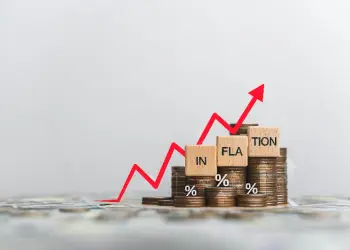
Inflation vs. Investment: What to Do with Your Money in 2025
As inflation continues to challenge global economies, understanding how to protect and grow your wealth becomes more crucial than ever. In this article, we’ll explore how inflation is affecting investments in 2025 and provide expert advice on what to do with your money to safeguard your financial future. Whether you're new to investing or an experienced investor, learn the best strategies for navigating this economic climate.

U.S. Dollar's Rise: Impact on Foreign Exchange and Investments
The strengthening of the U.S. dollar is shaking up global markets, affecting everything from foreign exchange rates to international investments. In this article, we analyze how the dollar's rise impacts global trade, investment strategies, and economic stability. Understanding these effects is crucial for businesses and investors navigating the increasingly globalized financial landscape
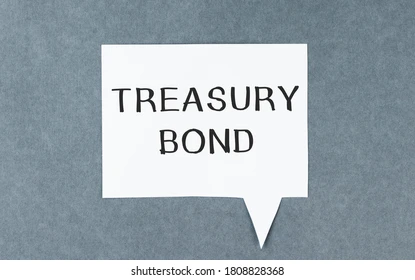
Treasury Bond Yields Hit Record Lows: What It Means for You
Treasury bond yields have reached record lows, marking a significant shift in the financial landscape. As yields decline, the return on investments such as bonds and savings accounts also decreases. This article discusses the potential impact of these record-low yields on various forms of investment and offers guidance on how to navigate these changes in the financial market
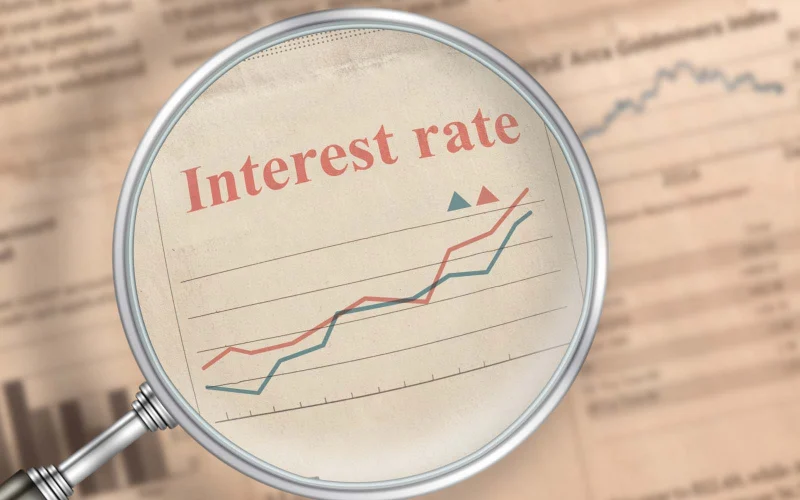
Interest Rate Hikes: How It’s Affecting Personal and Corporate Finances
Rising interest rates are reshaping both personal and corporate finances. From mortgages and credit card payments to business borrowing costs and profits, the effects are profound. As central banks increase rates to curb inflation, both consumers and companies are adjusting their financial strategies. This article explores the current and long-term impacts of interest rate hikes on the economy.

Biden’s Economic Plan: Effect on Dollar & Money Supply
The economic policies introduced by President Biden have far-reaching implications for the U.S. dollar and the broader money supply. With the country facing various challenges, including inflation and recovery from the pandemic, Biden's approach involves major fiscal changes that could significantly affect the financial landscape
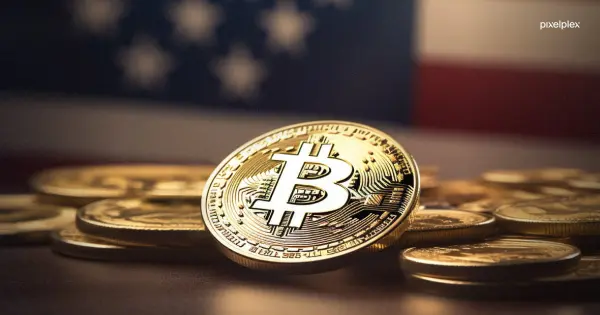
New Cryptocurrency Regulations Impacting Retail Investors in the U.S.
Recent changes to cryptocurrency regulations in the United States are having significant effects on retail investors. This article explores the new rules and what they mean for individuals looking to invest in digital currencies.

How U.S. Investment Policies Shape Financial Stability
U.S. investment policies play a crucial role in shaping financial stability by influencing capital markets, interest rates, and economic growth. Regulatory frameworks and government interventions determine risk levels, investor confidence, and long-term economic sustainability

How U.S. Economic Policies Are Reshaping Investment Trends
With shifting U.S. economic policies, investors are adjusting their strategies to respond to new market dynamics. This article explores the key policy changes and their influence on investment decisions